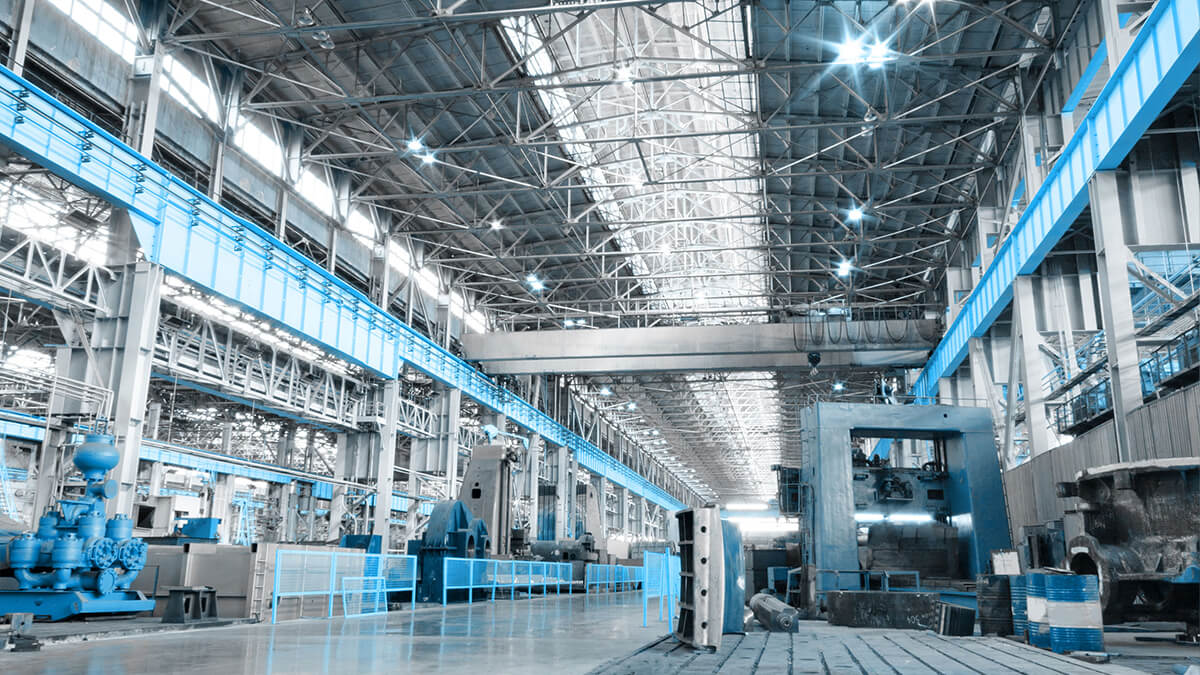Do you know the new words about tooling 4.0? Here we provide some introduction and example that manufacturers can know and follow the direction. Tooling 4.0 improves all about using technology to turn "clumsy" products into "smart" products.
Tooling 4.0
In the Industry 4.0 era, engineered molds with digital outputs will be the norm, and the mold supplier committed to “engineered” molds is the mold builder of the future.
For many plastic processors and mold makers, robotics and automation are the first things that come to mind when considering Industry 4.0. When manufacturers start thinking about machine-to-machine connections, data collection, measurable output, and artificial intelligence, then you are thinking about connecting industry 4.0 (IoT) technology to the mold and molding process. Under the increasing cost pressure and fiercer competition, tool manufacturers are pushing to accept new concepts such as Tooling 4.0 and reduce the number of tool components and processes to achieve the industrialization of their operations to reduce idle time and delivery time.
The first step to applying Industry 4.0 is ensuring that every employee understands that it will help resources better comprehend and measure the dynamics that are taking place between the press, mold, and resin.Industry 4.0 is not meant to replace people, but to help people make informed decisions by using the generated data. Let people understand this principle is the key to the successful implementation of Industry 4.0.
For example, in the mold condition category, the data we measure will help to assess the overall condition of the mold in each factory. The data we collect includes the reasons for the molding process machine stop, any molded products (non-conforming products) and target cycle time, just for instance a few. Then it is time to use scientific molding and data collection to develop a plan to raise the mold to a new level, which requires the right tools, processes, and measurable output. Engineering design of a product (in this case, an injection mold) refers to obtaining a measurable output through mathematics and science. The purpose of the next step is to understand what is happening inside the mold during each cycle by measuring physical dynamics. For example, items to be measured include pressure, temperature and time. Outputs include a balanced runner system (Beaumont theory), mold temperature control (calculated GPM; temperature sensor), conformal cooling (estimated cycle time and part quality target), and calculation of optimized exhaust (pressure sensor). In the era of Industry 4.0, engineering molds with digital output will become the norm, and mold suppliers dedicated to engineering molds will become future mold manufacturers. So, instead of flying by the seat of our pants, we can now fly by instruments and actually understand what is happening inside of the mold and then make any necessary adjustments.
After each factory completes this step, a series of priority objectives will be established in each category. These goals will drive the factory's continuous improvement tooling projects, such as collecting data to ensure that standard operating conditions (SOC) are updated to reflect the current molding conditions of production tolerance parts. Each plant will prioritize its priorities within a period of six months to a year and then reassess its current status. It is expected that OEM / suppliers will have high hopes for mold makers in the future to take full advantage of advanced technology.
The advantages of the mold after entering the tool 4.0
Reverse Engineering: Able to handle older molds and mold components, and accurately measure and create 3D models and prints that have been constructed.
Virtual mold analysis: Ability to digitally create molding processes with measurable goals before designing injection molds, determine measurable cycle times (filling, filling, cooling, pressure), determine warpage, venting, part dimensions and steel safety areas, and use Pressure and temperature sensors, for example, as well as other scientific molding information, and knowledge of disassembly of arm-end tools and robot parts.
Mold engineering capabilities: It can output 3D mold models for virtual analysis, as well as complete detailed / tolerance drawings (.dwg output), and has detailed mold assembly manuals and PM recommendations.
Knowledge of hot runner system: Learn about fixed tips, valve gates, hot edge gates and system balance.
Manufacturing / measurement of interchangeable mold components: It has the ability to manufacture and guarantee interchangeable mold components, confirm / certify key steel dimensions, coordinate measuring machines and laser scanning functions.
Experience the experience of manufacturing high-cavity injection molds: Experience in injection molding with 16 or more cavities; test mold function with data collection (using mold analysis) and scientific molding experience (pressure, temperature sensor).
Injection mold testing capabilities: FOT, FAT, SAT (see sidebar) and DOE experience, process development and turnkey functions.
With the popularization of the Internet of Things, experts suggest that the adoption of Industry 4.0 is critical to the survival of enterprises. However, regardless of the size of the company, moving the organization to smart manufacturing is a multifaceted project. In short, Industry 4.0 and Tooling 4.0 are all about using technology to turn "clumsy" products into "smart" products.














.jpg)